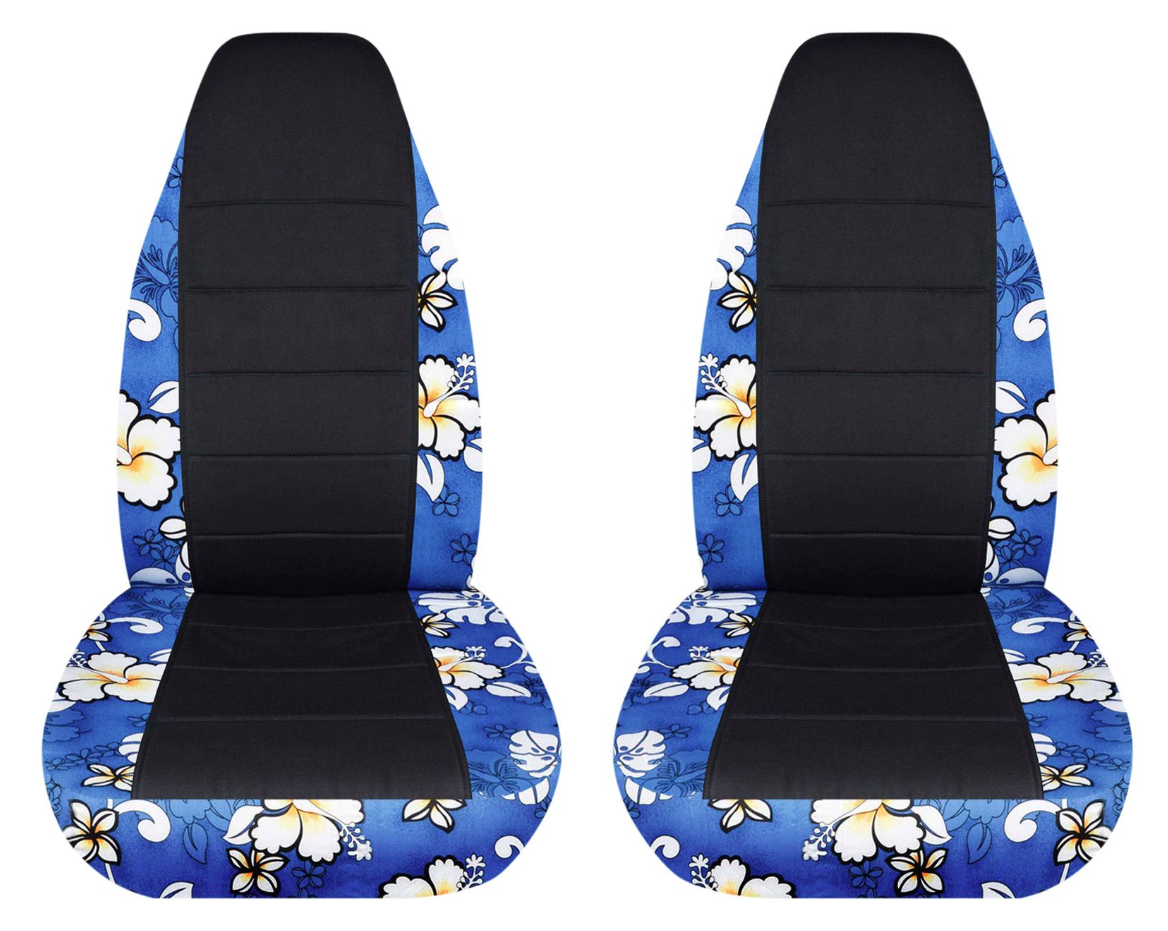Car seat belt covers improve occupant comfort while concurrently lowering the probability of suffering a life-threatening injury. Thanks to this, your shoulders will be more protected, comfortable, and in the correct position. It is not an easy task to buy an efficient seat belt pad because there are so many different brands and features available, and selecting the right one requires careful attention. By reading this shopping advice, you can ensure that your seat belt’s shoulder pad will fulfil all your requirements.
Considerations To Make When Choosing an Automobile Seat Cover
The Type of Fabric
The material that the car seat cover is made of is by far the most significant component of the cover. Leather and cloth are the two materials that can be used for chair coverings. If the seating surface on the inside of your vehicle is leather, you should consider purchasing a car seat cover that is made of a cotton-like fabric so that you may maintain the vehicle’s authentic appearance. On the other hand, if the seating surfaces in your vehicle are upholstered in cloth, you should get a cover for your vehicle that is made of a type of fabric that is identical to the original.
Think About the Way You Spend Your Time.
Suppose you spend the majority of your days wandering around in damp or muddy areas, and your chairs are exposed to such conditions often. In that case, it is recommended to acquire coverings for them that can be readily removed and cleaned if you want to protect them from dirt and moisture.

If, on the other hand, you do not drive the car very often and your seats are not regularly subjected to conditions that are dirty or damp, then it is acceptable for you to get seat coverings that are not waterproof. This is because your seats will not be subjected to these conditions very often.
What Are You Going to Do with The Cover for The Car Seat?
It is essential that you give some thought to the reasons why you require car seat covers for SUV vehicle. There are seat coverings available that may be utilized in any season, such as those designed specifically for the winter or the summer. During the winter, if you want to keep your seats from becoming uncomfortable due to the cold, you should invest in a seat cover that is both comfy and warm.
The Substance and The Fashion
Before you purchase seat covers, it is important to think about the type of material and the style available. Cotton and leather are the two most common kinds of materials that are utilized in the production of car covers. The price of these two materials is the primary distinction between them. Cotton covers are typically less expensive, whilst leather covers are typically more expensive. Cotton covers offer more colour and printing options.
